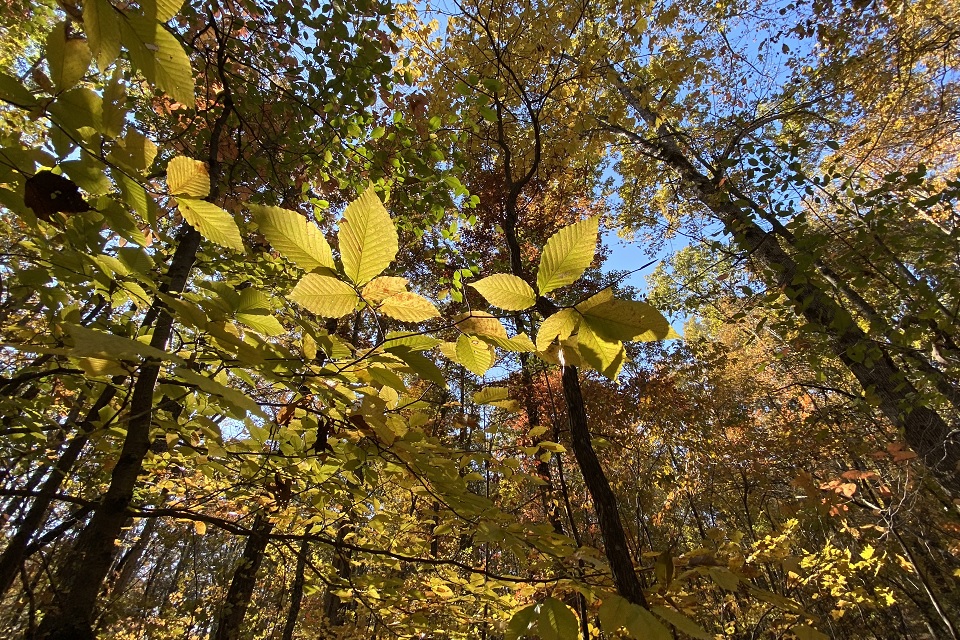
Forestry Specialist Says Leaf Color Should Put on a Show
Leaf color in Tennessee should be brilliant in 2020, perhaps the best in many years, says University of Tennessee forestry professor Wayne Clatterbuck. “Weather conditions have encouraged vigorous tree growth, plenty of moisture, and warm and not excessively hot days. Trees are not stressed. The combination of not too much and not too little moisture, no extended droughts, and diurnal warm days and cool nights should promote vibrant color change with longer durations this year.”
Tennessee is fortunate to have a wide variety of tree species and different topographies from Bristol to Memphis. Each tree species has different patterns of leaf color and shedding of leaves. The varied topographies provide different environmental conditions that influence leaf color change. The leaf color will occur at different times and scales across the landscape depending on species mixtures and environmental conditions.
Clatterbuck says the color change will peak first at the higher elevations in the mountains of east Tennessee and the Cumberland Plateau during the second and third week of October. The best colors in the Ridge and Valley (Knoxville area) and Middle Tennessee are usually the last week of October (Halloween) and perhaps extending into November. The colors in West Tennessee reach their zenith during the first two weeks of November.
Factors that influence leaf color are shorter day lengths, moisture, temperature and sunlight. For more information why leaves turn color, refer to UT Extension publication on Changing Colors of Leaves (SP 529), which can be found online at the UT Extension publications website.
Clatterbuck submits these summary statements about leaf color change:
- Cool nights and warm days tend to retain leaf color longer and colors are more vibrant.
- Sunny days promote vivid leaf color. Overcast days will cause color to be duller.
- Freezing overnight temperatures and early frost will cause leaves to turn brown without leaf color. Strong winds and heavy rain can blow leaves off the trees prematurely limiting the duration of leaf color.
- Adequate moisture will yield a longer period of leaf color.
- Leaf color change begins first at the higher elevations where it is cooler, then progresses to the valleys allowing some leaf color on the Tennessee landscape from October through mid-November.
- Extended summer droughts and lack of moisture during the fall promote short-lived leaf color that is less brilliant.
Since weather conditions vary from year to year, no two fall seasons will look exactly the same. “Enjoy the show!” says Clatterbuck. “Leaf color in 2020 is projected to be one of the best.” Through its land-grant mission of research, teaching and extension, the University of Tennessee Institute of Agriculture touches lives and provides Real. Life. Solutions. utia.tennessee.edu.